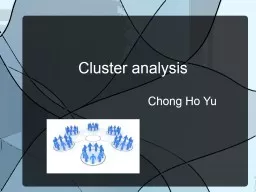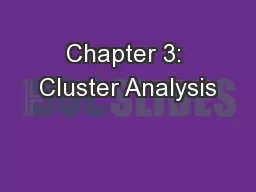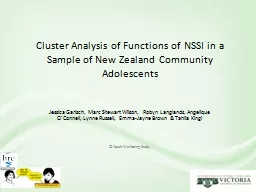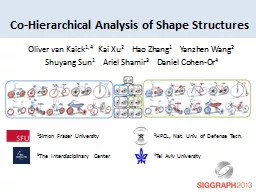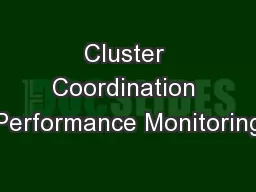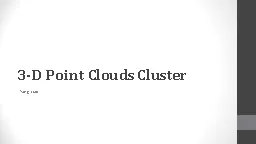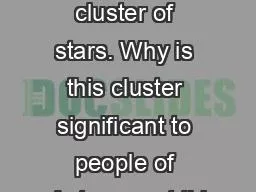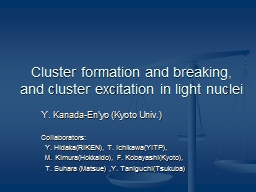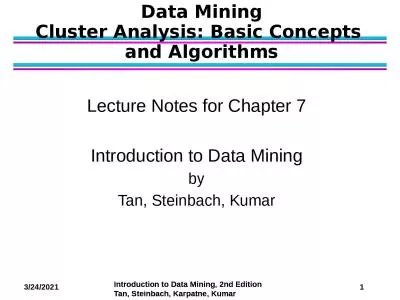PPT-Cluster analysis
Author : calandra-battersby | Published Date : 2017-12-12
Chong Ho Yu Why do we look at grouping cluster patterns This regression model yields 21 variance explained The p value is not significant p00598 But remember
Presentation Embed Code
Download Presentation
Download Presentation The PPT/PDF document "Cluster analysis" is the property of its rightful owner. Permission is granted to download and print the materials on this website for personal, non-commercial use only, and to display it on your personal computer provided you do not modify the materials and that you retain all copyright notices contained in the materials. By downloading content from our website, you accept the terms of this agreement.
Cluster analysis: Transcript
Download Rules Of Document
"Cluster analysis"The content belongs to its owner. You may download and print it for personal use, without modification, and keep all copyright notices. By downloading, you agree to these terms.
Related Documents

